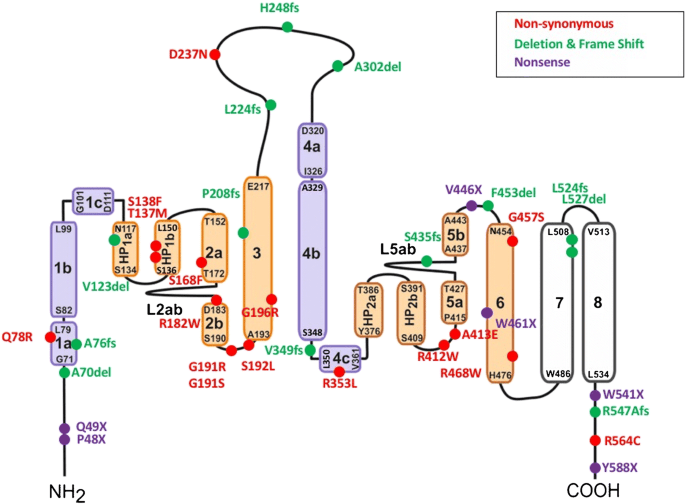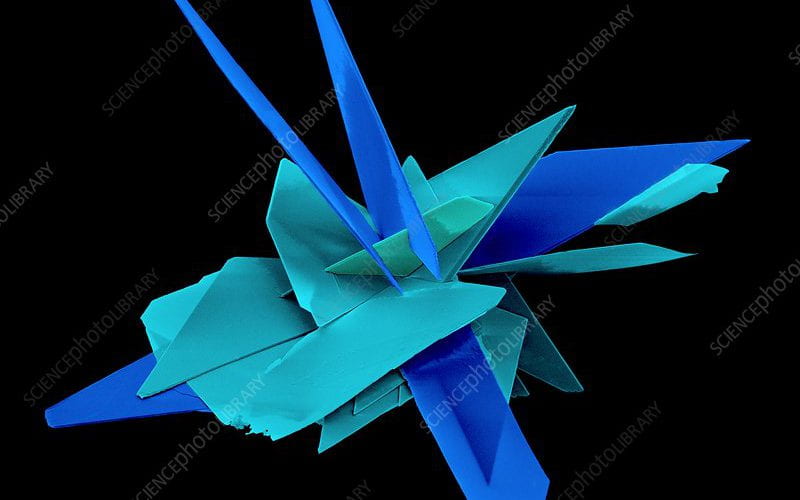


PHOSPHATE FOR CALCIUM KIDNEY STONE PREVENTION
Long ago, physicians gave calcium kidney stone formers oral phosphate supplements to reduce urine calcium and kidney stone production. But trials were small and informal, so when a single and excellent trial showed lack of benefit our generation left phosphate by the...
Brushite: Key to Calcium Stone Prevention
The title is my story’s conclusion. We know that calcium phosphate crystals in plaque, plugs, and the vast majority of stones are hydroxyapatite, yet when we measure supersaturation with respect to calcium phosphate we measure that for brushite, the pretty...
CALCIUM PHOSPHATE STONES: Causes and Prevention
The second in this series of stone forming phenotypes, the calcium phosphate stone formers are less numerous than the calcium oxalate stone formers, but perhaps more worrisome, and certainly more complex. There are two types, those whose stones contain any brushite – an unusual form of calcium phosphate in stones, and those whose phosphate is only hydroxyapatite – the mineral found in bones. This latter group is to a large extent composed of young women, for reasons we do not know. Phosphate stones are likely than the calcium oxalate variety to be numerous, and often produce nephrocalcinosis, a mixture of small stones and tissue calcium deposits. Nephrocalcinosis, in turn, is often labelled medullary sponge kidney simply on radiological grounds, even when the distinctive lesions of MSK are not necessarily present. Likewise, phosphate stone patients can appear to have renal tubular acidosis because of nephrocalcinosis and because RTA and phosphate stone patients both produce a more alkaline urine than do normals, or patients with calcium oxalate stones. All in all, this is a complex form of calcium stones, challenging for clinicians and often very trying and concerning for patients with it. The article is long and difficult, so you might want to watch this video by way of an introduction.

THE GRAND INHIBITOR
Here is part two: citrate slows and can even stop stone crystals from growing. It does this by binding calcium, not the calcium in the urine but calcium atoms already part of a calcium stone crystal.
By binding to structural calcium atoms, citrate interferes with the orderly arrangement of atoms that is necessary for the crystal to exist, so one can think of inhibition and binding as two aspects of one power.
Like binding itself, this is not easy material to present or read. It is like climbing a tall hill for the view. If you will follow me up, I promise a reward.
